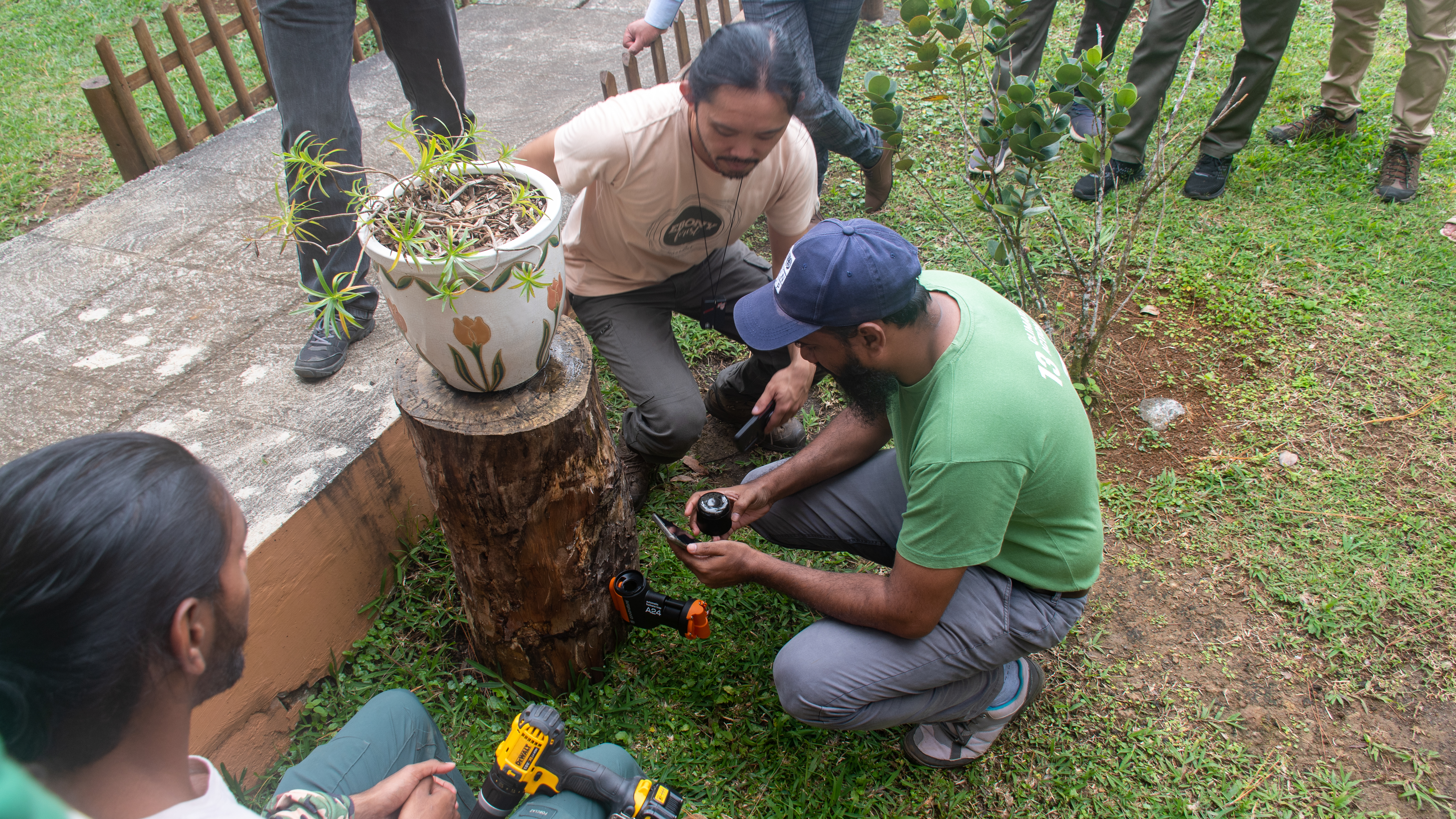A training session was organized under the UNDP Mainstreaming Invasive Alien Species Project for the use of Goodnature traps to control the population of invasive alien species in Mauritius on Thursday 27 April.
Procurement and implementation of traps for invasive species under the UNDP Mainstreaming Invasive Alien Species Project to support local conservation efforts
April 28, 2023

Goodnature Traps Set-up Demonstration for the Control and Management of Invasive Alien Species
A training session was organized under the UNDP Mainstreaming Invasive Alien Species Project for the use of Goodnature traps to control the population of invasive alien species in Mauritius on Thursday 27 April. Facilitated by Ebony Forest Ltd, the training included participation of organisations working on the conservation of local endemic species and restoration of forest areas, nature reserves, national parks and offshore islets.
Invasive alien species predate on endemic birds and reptiles and compete with them for food. In Mauritius, rats are major predators and constitute the biggest threat to the populations of these endemic avian species, many of which already once on the brink of extinction. Under the GEF-funded Mainstreaming Invasive Alien Species Project, 700 A24 Goodnature traps have been procured for the National Parks and Conservation Service and Forestry Service to manage and control the population of rats in the Combo forest in the Black River Gorges National Park and on Northern offshore islets. Focusing on areas known to have birds nesting sites, this initiative aims to support the recovery of the Mauritius Olive White-Eye bird population, considered the most threatened of the endemic Mauritian birds and protect other endemic and native species.
The A24 Goodnature traps procured and introduced to the participants of the training are automatic, self-resetting baited traps that can target up to 24 rats before being manually reset and re-installed. Hence, the number of human interventions needed to monitor the devices is considerably reduced. The traps use an ethical and efficient mechanism and are not toxic, preventing any by-kill.
During this first training session, the participants were introduced to the planning, monitoring and on-field requirements for the effective installation of A24 Goodnature traps in a designated area. The planning phase consists of scouting the designated zone to protect, taking note of factors such as slopes and vegetation, setting up a grid, and mapping using Geographic Information System (GIS) technologies. Once the grid is set up, the trap setters (often a team of 3 accompanied by a weeding team) start to set up the traps from a chosen first point, moving on to other points as per the grid using a GPS navigator, compass and a measuring tape. The training was concluded by a mock exercise of grid replication around the Petrin Visitors’ Centre, with an on-field exercise in the Combo forest scheduled at a later date.

 Locations
Locations




